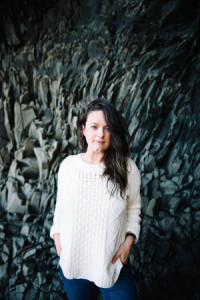Stop 2, Frist Art Museum, Nashville, TN: \"Van Gogh, Monet, Degas, and Their Times\"
Vocal Characteristics
Language
EnglishVoice Age
Young Adult (18-35)Accents
North American (General) North American (US General American - GenAM)Transcript
Note: Transcripts are generated using speech recognition software and may contain errors.
As one writer put it, Paul Mellon turned his personal tastes into public benefactor Shin on a massive scale. He was a lifelong horse writer in a self described galloping Anglophile, and we can imagine how he was attracted to not just the British sporting art in the adjacent exhibition. But these equestrian paintings and sculptures by the French artist at Bodega Mellon was particularly fond of small works of art and regularly displayed Degas's Bronze Horse studies in his personal gallery space and offices. Like Melon, Diggle was fascinated by horses throughout his life. Born in 18 34 the same year that professional horse racing was introduced in France, he watched over the years as it became one of the most popular spectator sports in the country. These bronzes represent the walking horse theme that Degas explored in the mid 18 sixties and early 18 seventies. They were all cast posthumously from Wax After 1922 with the approval of the artist's airs, Close examination reveals his interest in nerves and muscles, which is not surprising given that one of his other favorite subjects was that of the ballet dancer, a scene in the next gallery, the anatomy and gate of the horses here are of central importance today, CA. They're small scale in the still visible evidence of the artist's hand, speak to his dedication toe working and reworking his wax and wire sculptures. The two paintings by Degas on View in this gallery similarly depict powerful horses and energetic postures. These are not a spontaneous as the sculptures as Day God created many studies for the paintings before painstakingly crafting his final compositions in Both at the Races and Jockey and Blue on a Chestnut horse, Degas provides a heightened sense of drama through implied diagonals, asymmetrical composition in the horses, bodily torque. De Gaulle was attracted to subjects that captured all aspects of modern life. As such horses and horse racing became an obsession that lasted throughout his career. In fact, he created at least 45 paintings, 20 pastels, 250 drawings in 17 sculptures on equestrian themes
